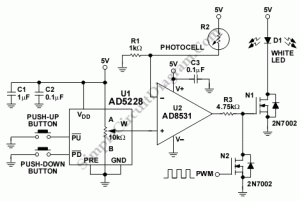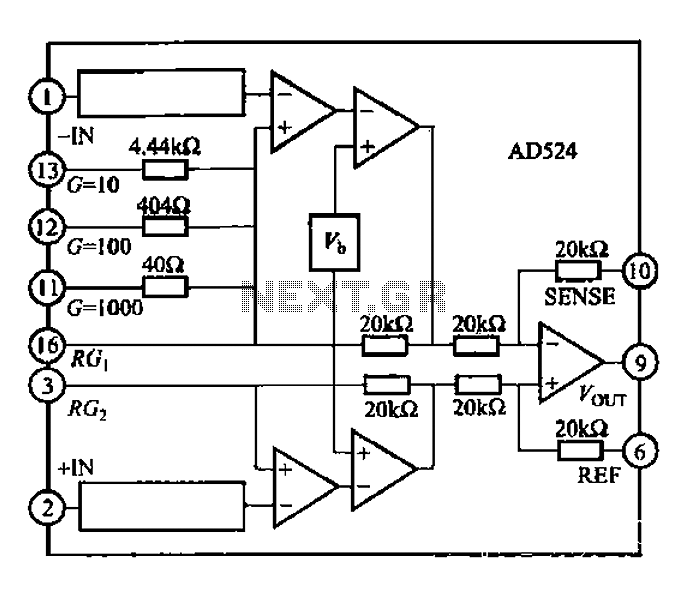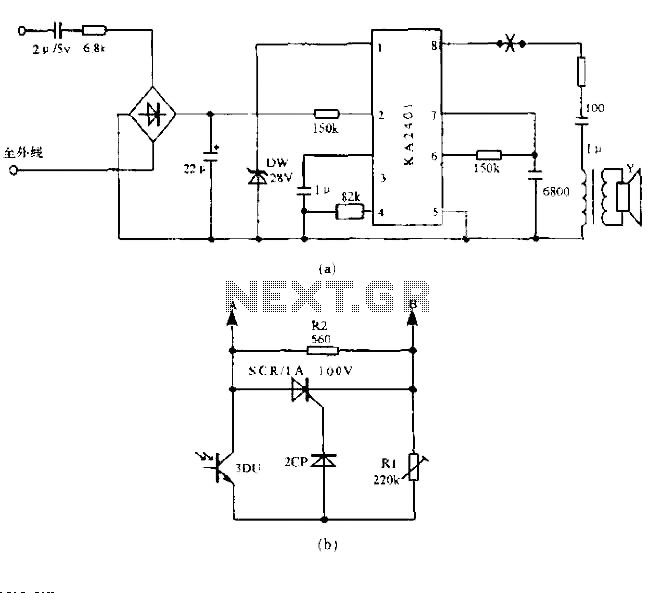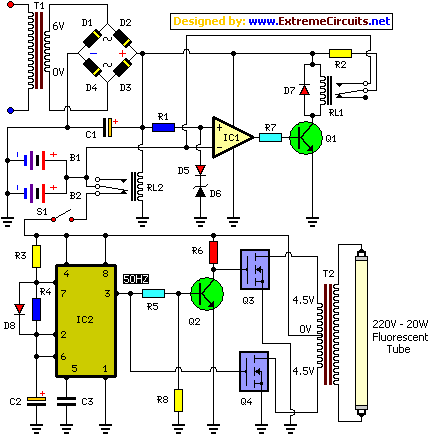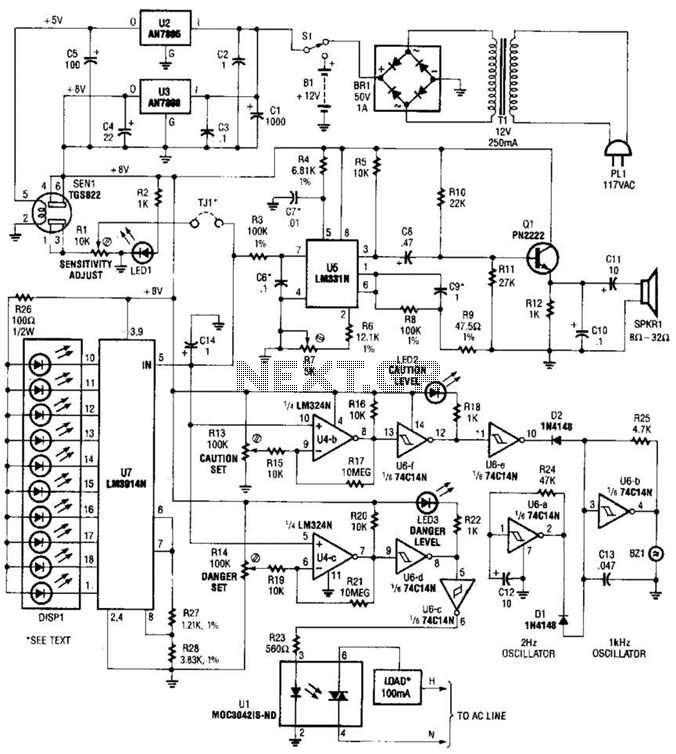
GameBoy MBC1 circuit equivalent
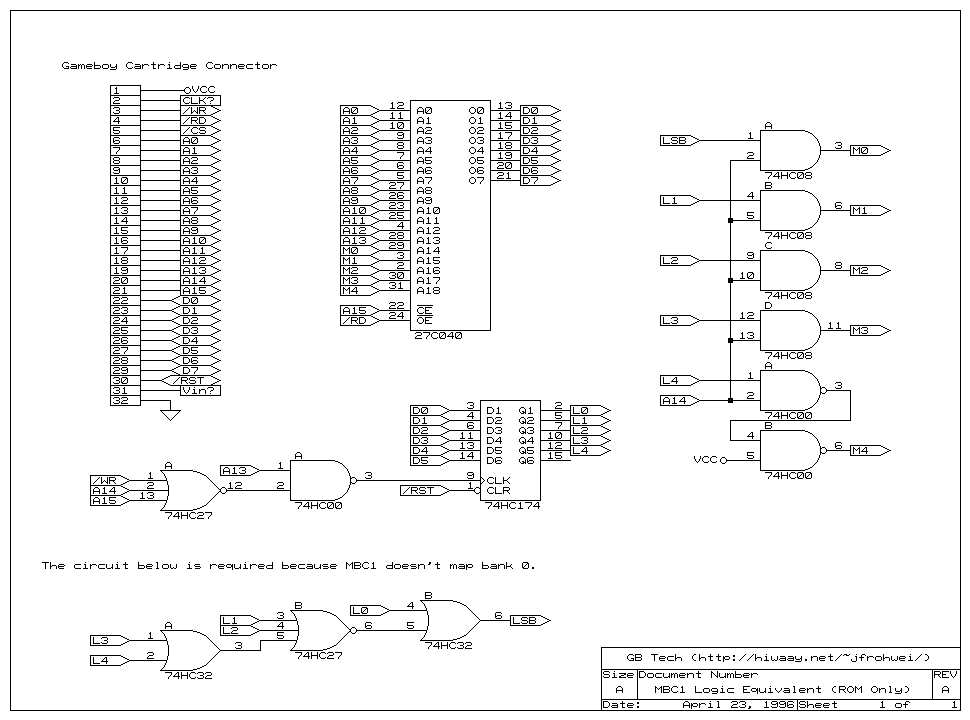
The objective is to enhance information transmission through the distribution of articles. For any issues related to article content, copyright, or other concerns, please contact us via email at [email protected] within 15 days. Prompt action will be taken to address these matters.
The focus on transmitting information through articles can be related to various electronic systems designed for data communication. In such systems, the architecture typically involves several key components that work together to ensure efficient data transfer and integrity.
A typical electronic schematic for a data transmission system may include the following elements:
1. **Microcontroller Unit (MCU)**: Serves as the central processing unit, managing data input and output operations. The MCU can be programmed to handle various protocols for data transmission, ensuring compatibility with different article formats.
2. **Communication Interface**: This component may include modules for wired (e.g., RS-232, USB) or wireless (e.g., Bluetooth, Wi-Fi) communication. The choice of interface affects the range and speed of data transmission.
3. **Data Storage**: Flash memory or EEPROM can be integrated into the circuit to temporarily hold articles before they are transmitted. This allows for buffering and ensures that data is not lost during transmission interruptions.
4. **Power Supply**: A regulated power supply circuit is essential to provide stable voltage levels to all components. It may include voltage regulators, capacitors for filtering, and protection diodes to prevent damage from voltage spikes.
5. **User Interface**: This may consist of buttons, LEDs, or a display to allow users to interact with the system, such as initiating the transmission of articles or monitoring the status of the operation.
6. **Error Detection and Correction**: To ensure the integrity of the transmitted articles, the circuit may incorporate error detection algorithms, such as checksums or cyclic redundancy checks (CRC). This enables the system to identify and correct errors that may occur during data transmission.
7. **Signal Conditioning**: This section enhances the quality of the transmitted signal by filtering out noise and ensuring that the signal remains within acceptable voltage levels for the communication medium.
By integrating these components into a cohesive circuit design, it is possible to create an effective system for transmitting articles, addressing potential content and copyright issues proactively through structured communication protocols.We aim to transmit more information by carrying articles. Please send us an E-mail to wanghuali@hqew. net within 15 days if we are involved in the problems of article content, copyright or other problems. We will delete it soon. 🔗 External reference
The focus on transmitting information through articles can be related to various electronic systems designed for data communication. In such systems, the architecture typically involves several key components that work together to ensure efficient data transfer and integrity.
A typical electronic schematic for a data transmission system may include the following elements:
1. **Microcontroller Unit (MCU)**: Serves as the central processing unit, managing data input and output operations. The MCU can be programmed to handle various protocols for data transmission, ensuring compatibility with different article formats.
2. **Communication Interface**: This component may include modules for wired (e.g., RS-232, USB) or wireless (e.g., Bluetooth, Wi-Fi) communication. The choice of interface affects the range and speed of data transmission.
3. **Data Storage**: Flash memory or EEPROM can be integrated into the circuit to temporarily hold articles before they are transmitted. This allows for buffering and ensures that data is not lost during transmission interruptions.
4. **Power Supply**: A regulated power supply circuit is essential to provide stable voltage levels to all components. It may include voltage regulators, capacitors for filtering, and protection diodes to prevent damage from voltage spikes.
5. **User Interface**: This may consist of buttons, LEDs, or a display to allow users to interact with the system, such as initiating the transmission of articles or monitoring the status of the operation.
6. **Error Detection and Correction**: To ensure the integrity of the transmitted articles, the circuit may incorporate error detection algorithms, such as checksums or cyclic redundancy checks (CRC). This enables the system to identify and correct errors that may occur during data transmission.
7. **Signal Conditioning**: This section enhances the quality of the transmitted signal by filtering out noise and ensuring that the signal remains within acceptable voltage levels for the communication medium.
By integrating these components into a cohesive circuit design, it is possible to create an effective system for transmitting articles, addressing potential content and copyright issues proactively through structured communication protocols.We aim to transmit more information by carrying articles. Please send us an E-mail to wanghuali@hqew. net within 15 days if we are involved in the problems of article content, copyright or other problems. We will delete it soon. 🔗 External reference
